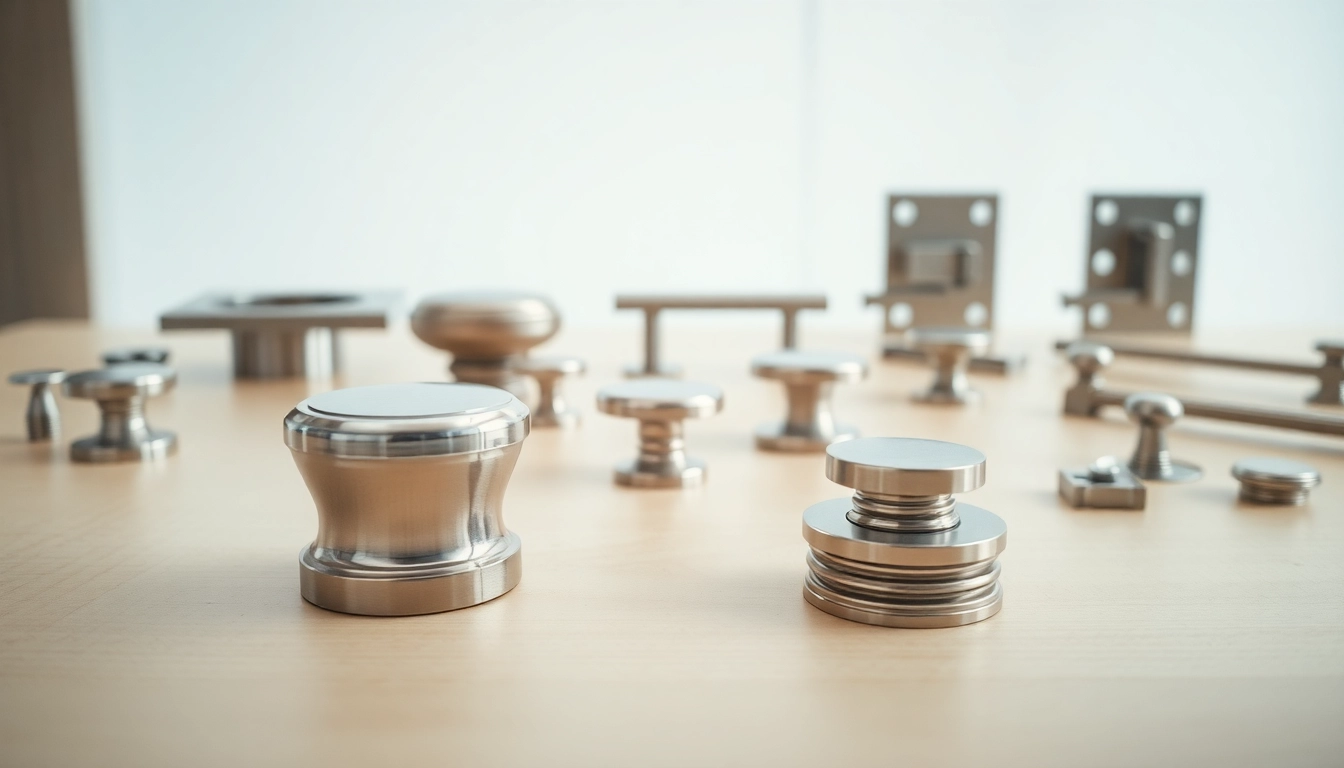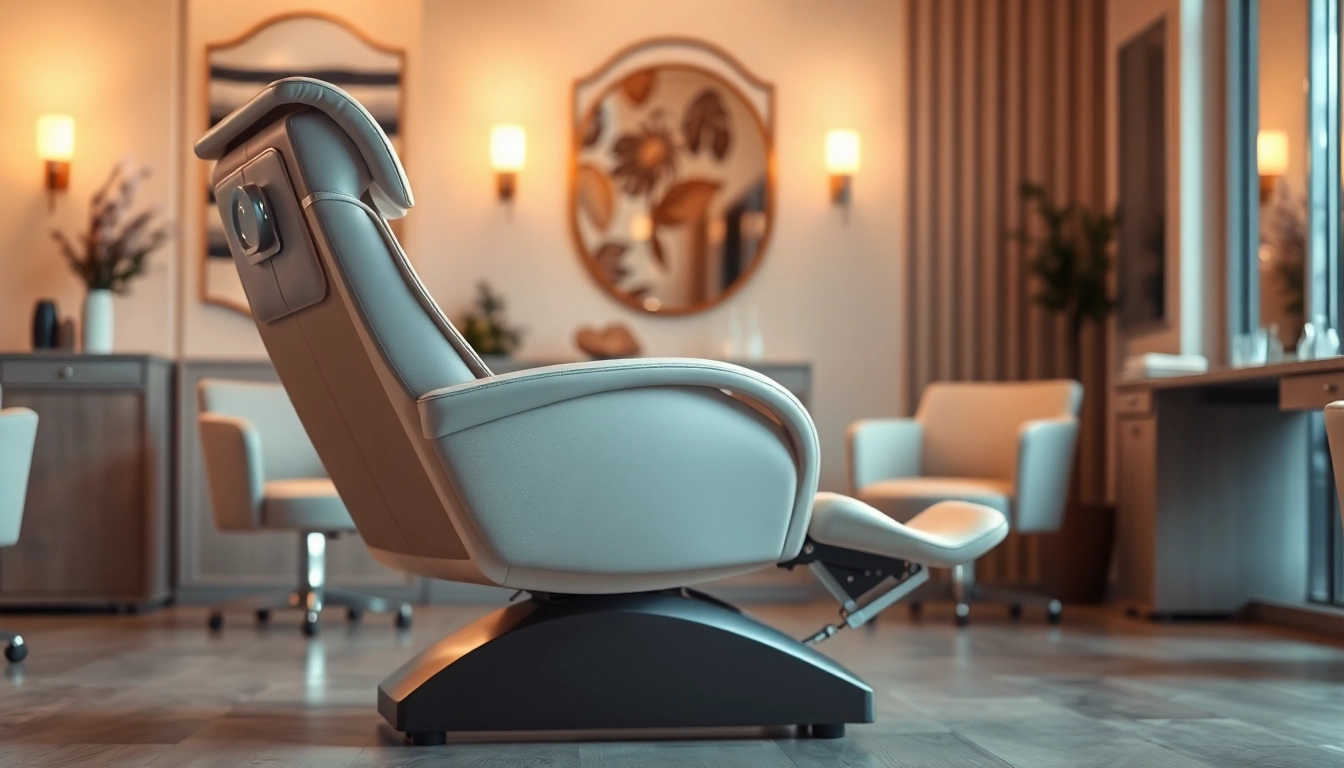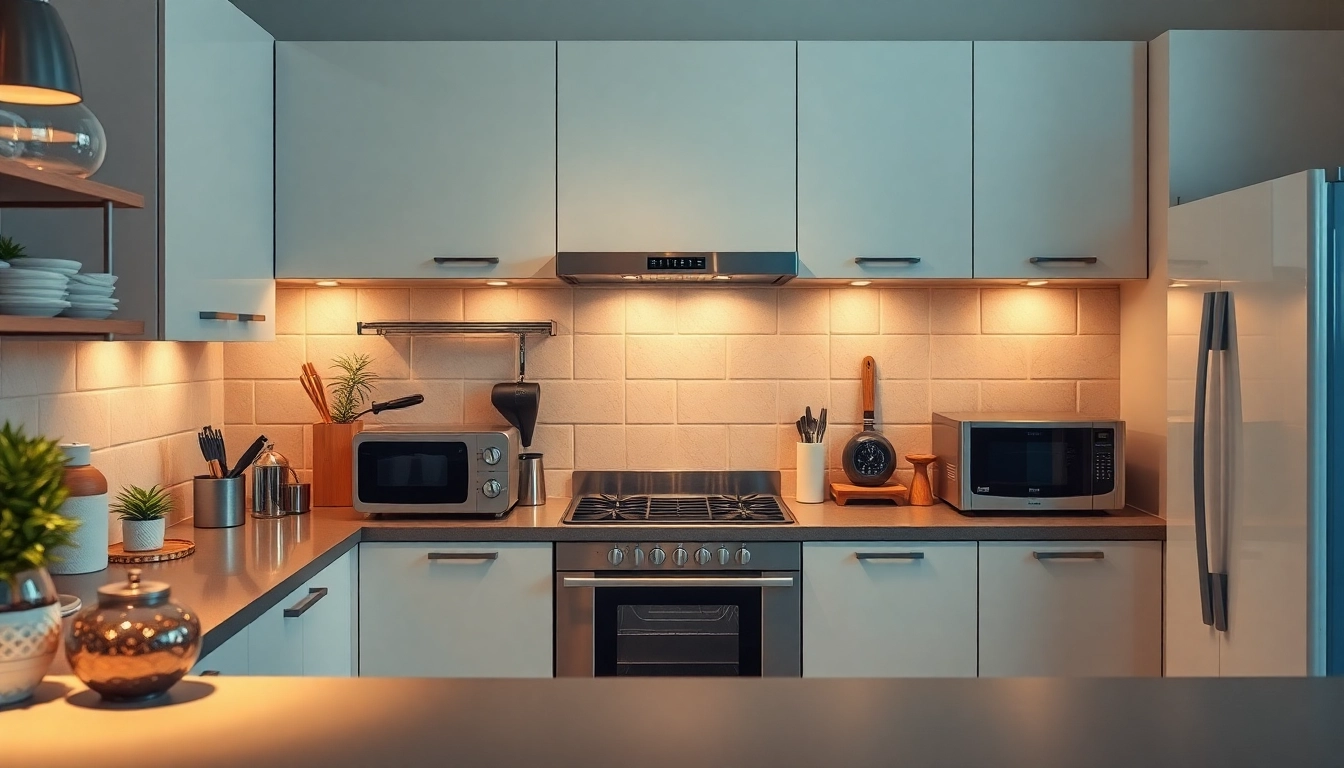Understanding Furniture Hardware: The Essentials
When it comes to designing and furnishing your space, the importance of quality furniture hardware cannot be overstated. Whether you’re crafting your own furniture or renovating your home, selecting the right hardware is essential for both functionality and aesthetics. From drawer slides to cabinet knobs, these small components can make a significant difference in the overall look and usability of your furniture. For those in search of high-quality furniture hardware manufacturers, understanding the basics of furniture hardware is a crucial first step.
Common Types of Furniture Hardware
Furniture hardware can be divided into several categories, each serving distinct purposes. Here are some of the most common types you’ll encounter:
- Knobs and Pulls: Essential for cabinet doors and drawers, these come in various shapes, sizes, and finishes, allowing for personalization and style.
- Hinges: These are critical for any cabinet door, ensuring they open and close smoothly while supporting the weight of the door.
- Drawer Slides: These mechanisms allow for the smooth movement of drawers and can be categorized into side-mount, bottom-mount, and center-mount styles.
- Locks: Important for providing security, locks can be integrated into furniture pieces like cabinets and desks.
- Brackets and Fasteners: These elements support furniture structure and stability, often hidden from view, yet crucial for durability.
Significance of Quality in Furniture Hardware
Choosing high-quality hardware not only enhances the visual appeal of furniture but also ensures durability and functionality. Low-quality materials can lead to premature wear and frequent replacements, resulting in higher costs over time. Durable hardware provides smooth operation and enhances safety, particularly for mechanisms like drawer slides and hinges, which bear weight and experience regular use. Investing in reputable manufacturers ensures that you are selecting products made from quality materials that withstand daily wear and tear.
How to Choose the Right Hardware
When selecting furniture hardware, consider the following factors:
- Style: Ensure the hardware matches your overall design aesthetic, whether modern, classic, or rustic.
- Material: Choose materials based on durability, weight-bearing capacity, and environmental impact. Common materials include metal, plastic, and wood.
- Functionality: Ensure that the hardware meets specific functional requirements; heavy-duty options are ideal for frequently used pieces.
- Budget: Balance between quality and cost. Purchasing from reputable furniture hardware manufacturers can sometimes yield better long-term value.
Leading Furniture Hardware Manufacturers
The market offers a variety of manufacturers that specialize in furniture hardware, each bringing unique features, styles, and pricing to the table. Understanding who the key players are can help you make informed choices.
Top Manufacturers in the Market
Some of the most recognized names in furniture hardware manufacturing include:
- Top Knobs: Known for a diverse range of premium cabinet hardware, Top Knobs offers products that suit various styles and tastes.
- Rockler: This retailer provides an extensive selection of furniture and cabinet hardware that is ideal for DIY enthusiasts and professionals alike. Their inventory includes drawer slides and other essential components.
- Furnica: With a vast inventory, Furnica specializes in innovative furniture accessories, including hinges and drawer slides, perfect for a range of projects.
- Richelieu Hardware: A leader in specialty hardware products, Richelieu is known for its cutting-edge designs and extensive catalog, including closet rods and hooks.
- Amerock: This manufacturer combines modern design with affordability in their hardware solutions, perfect for both cabinet and drawer applications.
Comparative Analysis of Features and Pricing
When comparing manufacturers, it’s essential to evaluate the features offered, including design options, finishes, and mechanisms. For example, some brands may focus more on decorative knobs while others might excel in heavy-duty drawer slides. Pricing can also vary widely; for premium brands, expect to pay a premium for unique designs or exceptional durability. Online reviews and product comparisons can further inform your purchasing decisions, helping you weigh features against your specific needs.
Manufacturer Certifications and Standards
Reputable manufacturers often adhere to industry standards and certifications, which can provide peace of mind regarding the quality and safety of their products. Certifications such as ISO (International Organization for Standardization) ensure that products meet international quality management standards. Look for manufacturers that invest in these certifications, as this often indicates a commitment to producing top-notch products.
Innovative Designs in Furniture Hardware
As design trends evolve, so do furniture hardware innovations. Manufacturers are continually exploring new functionalities and styles to meet changing consumer preferences.
Trendy Styles and Finishes for Modern Interiors
The contemporary design landscape features various trendy styles ranging from minimalistic to highly decorative. In terms of finishes, brushed nickel, matte black, and antique brass are becoming increasingly popular. These finishes not only enhance aesthetic appeal but also resist tarnishing and wear, making them functional as well. Customization options are also on the rise, allowing consumers to select hardware that uniquely complements their design vision.
Custom Hardware Solutions for Unique Projects
For those embarking on bespoke projects, custom hardware solutions have become a significant offering from many manufacturers. These solutions allow designers and homeowners alike to create personalized pieces that truly reflect their individual style or functional needs. Customization can range from specific measurements to unique finishes or even branded hardware that aligns with a business’s identity.
Eco-Friendly Options from Furniture Hardware Manufacturers
As sustainability becomes a priority for many consumers, furniture hardware manufacturers are increasingly offering eco-friendly options. This includes the use of recycled materials and finishes that minimize environmental impact. It’s essential for today’s consumers to inquire about a manufacturer’s sustainability practices and choose hardware that reflects their values.
Installation and Maintenance Tips
The installation and upkeep of furniture hardware can significantly impact its performance and lifespan. Understanding best practices can help ensure that your selected hardware functions optimally.
Step-by-Step Guide to Installing Hardware
Installing furniture hardware typically involves several straightforward steps:
- Gather Your Materials: Ensure you have all necessary hardware components, tools such as a screwdriver, drill, and measuring tape.
- Measure Properly: Accurate measurements guarantee proper alignment and spacing, particularly with drawer slides and hinges.
- Mark Drill Points: Using a pencil, mark where you will drill holes for screws to secure the hardware.
- Drill Holes: Carefully drill holes at the marked points, ensuring not to over-drill, which can weaken the material.
- Attach Hardware: Secure the hardware in place using the appropriate screws, ensuring they are tight but not over-torqued to avoid damage.
- Test the Mechanism: Before finalizing the installation, test the functionality of the hardware to ensure smooth operation.
Maintenance Best Practices for Longevity
To keep your hardware in good working condition:
- Regular Cleaning: Dust and grime can accumulate over time, so regular cleaning helps maintain aesthetics and functionality. Use a soft cloth and mild cleaning solution.
- Lubrication: For moving parts like drawer slides and hinges, periodic lubrication with silicone spray helps ensure smooth operation.
- Inspect for Wear: Regularly check for any signs of wear or damage, including loose screws or rust, which can indicate that servicing or replacement is needed.
Common Installation Mistakes to Avoid
Many novice installers can make common errors. These may include:
- Improper Alignment: Uneven hardware can lead to functionality issues. Always double-check alignment before drilling.
- Over-Tightening Screws: While securing hardware is crucial, over-tightening can lead to cracks or damage in materials.
- Neglecting to Test: Failing to test the hardware post-installation can leave issues unnoticed until they become bigger problems.
Exploring Trends and Future of Furniture Hardware
The field of furniture hardware is continuously evolving, influenced by technology, consumer preferences, and design trends. Understanding current and emerging trends can help consumers and designers stay ahead of the curve.
Impact of Digitalization on Furniture Hardware Manufacturing
Digitalization has transformed manufacturing processes, leading to greater efficiency and customization options. Manufacturers are leveraging advanced technologies, such as 3D printing and CAD (computer-aided design) software, to create precise and tailored hardware solutions. This shift enhances the ability for manufacturers to respond quickly to trends and consumer demands.
Consumer Preferences and Evolving Trends
Today’s consumers are more design-conscious and value intuitive functionalities. There is a growing interest in multifunctional pieces that optimize space without compromising on style. Furthermore, influences from the sustainable movement compel manufacturers to prioritize eco-friendly materials and production practices, reflecting the evolving values of consumers.
Future Innovations to Watch
As we look toward the future, several potential innovations loom on the horizon:
- Smart Hardware: Integrating technology into hardware—like smart locks that can be controlled via mobile devices—represents a growing trend.
- Modular Designs: Innovations could lead to hardware that is modular and customizable, allowing users to easily adapt or change their furniture configurations.
- Enhanced Durability: Advances in materials science may yield hardware components that resist wear and offer increased longevity, reducing the need for replacements.



